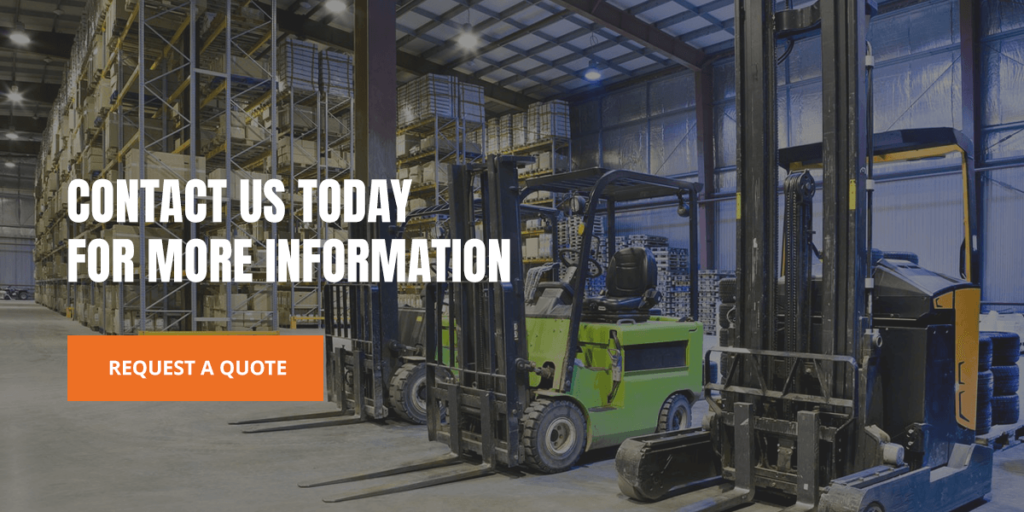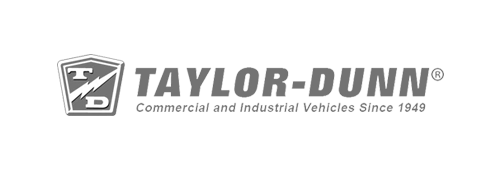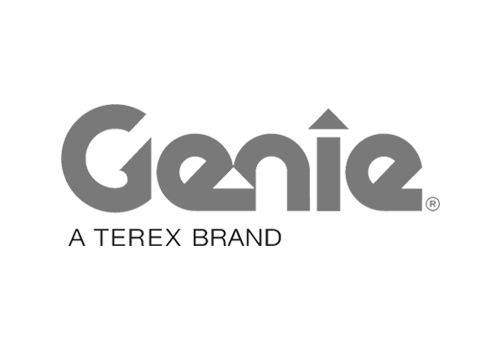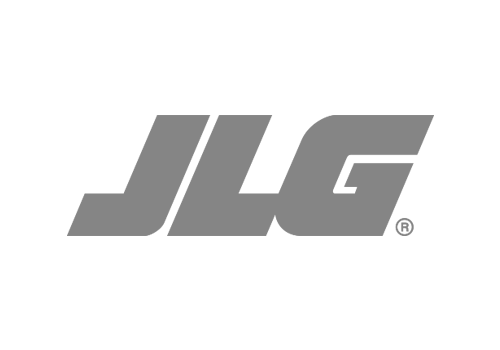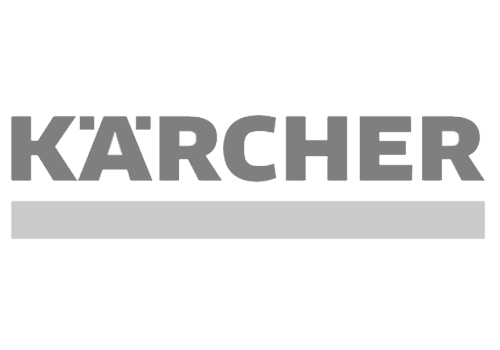
The material handling industry depends on safe and efficient solutions like forklifts to move goods, but certain guidelines must be followed to make sure they are in safe working condition. At Barclay, we have served New York and New Jersey with both high-quality products and industry expertise to keep our clients satisfied and safe in the workplace for many years. Here, we explain the Occupational Safety and Health Administration (OSHA) forklift inspection requirements, helping you to ensure your company is operating safely and in compliance.
What Is the Purpose of OSHA Forklift Inspection Guidelines?
Forklifts are highly common across many industries. They move and transport products and goods, and they can be extremely helpful and efficient. However, problems with loading docks, narrow aisles or physical conditions can be hazardous and lead to forklift accidents.
These machines account for approximately 20,000 injuries every year, and many of these injuries are deemed serious and result in missing work. To remedy this, OSHA created a thorough set of forklift operating and maintenance guidelines and checklists that must be followed by all employers. These guidelines were produced to provide the following benefits:
- Ensure workplace safety: These OSHA guidelines are designed to help you identify hazards that could lead to workplace accidents and injuries. Equipment checks allow you to find hazardous conditions and encourage a safe and supportive work environment.
- Lengthen machine life: Routine equipment inspections can alert your team to potential issues before they become too serious. You can use these examinations to inform your maintenance and repair schedules to save money and keep your operations on schedule.
- Improve compliance: You’re more likely to fall in line with strict OSHA standards when you follow these inspection guidelines. By complying with these standards, you can avoid expensive citations and eliminate your risk of being criminally liable if accidents do take place.
OSHA Daily Forklift Inspection Checklists
OSHA’s forklift inspection requirements state that forklift vehicles must be inspected daily, or after each shift when they’re being continuously used. They’ve put together detailed inspection checklists to ensure a thorough and simple procedure that avoids overlooked components. While OSHA doesn’t require the use of physical checklists, implementing them within your workflow offers unrivaled advantages to your operation. They’ll also provide written evidence that forklifts are being inspected properly in case an accident occurs on the job.
OSHA splits the inspection process into two sections — visual and operational. It’s vital for everyone on the job who operates forklifts to be aware of their responsibilities and know how to satisfy these forklift inspection checklists.
Visual Forklift Inspection
Visual checks are pre-start inspections performed while the engine is off. Make sure to check for the following items:
- Fluids: Confirm oil, water, brake and hydraulic fluids are filled to the proper level and their hoses are free from leaks.
- Tires: Evaluate your tires’ condition, checking their pressure as well as signs of wear and tear or damage.
- Forks: Examine your forks for cracks, bends or other damage and ensure retaining pins and heels are properly aligned.
- Mast: Check your mast alignment and make sure its chains are in ideal condition and have the correct tension.
- Internal components: Inspect your engine, filters, battery and fuel tank to verify all parts are free from damage and corrosion.
- Safety mechanisms: Check that your operator manual is on board and parts such as latches, seatbelts, finger guards and overhead guards are properly attached and secure.
Operational Forklift Inspection
Operational inspections are performed when the engine is running. You’ll want to examine the following areas after firing your forklift up:
- Brakes: Test your normal and parking brakes and keep an eye out for excessive travel or resistance.
- Steering: Ensure your steering is smooth and the movement is aligned with the wheels.
- Safety devices: Evaluate the functioning of your horns, lights, extinguisher and alarms.
- Comfort features: Turn on your wipers, defroster and heater to verify their proper functioning.
- Gauges: Examine equipment measurement devices like your hour meters, instrument monitor and oil pressure gauges.
- Controls: Inspect important operator controls like drive control, inch control, tilt control, hoist and lowering control and attachment control.
Things to Keep in Mind During Your Inspections
When inspecting your forklift, if you notice any defects and damage or hear any unusual noises or vibrations, you should report the issue immediately and work should be stopped. If your machine is in good working condition after the inspection, you can get to work. Note that forklifts vary in their designs, and OSHA recommends that the above checklists should be modified to fit your unique machines as required. Additionally, OSHA advises businesses to follow the manufacturer’s instructions and review the forklift owner’s and operator’s responsibilities for maintaining and using this equipment.
Contact Us Today for More Information
At Barclay, we offer forklift safety training so your employees can be trained on this information and more. You can choose from our Basic Forklift Operation Safety class or Train-the-Trainer program, which both cover requirements from OSHA, the American National Standards Institute (ANSI) and the American Society of Mechanical Engineers (ASME).
Whether you need material handling equipment or an explanation of OSHA forklift inspection guidelines, the experts at Barclay can help. We serve New York and New Jersey with high-quality products, industry expertise and safety training so our customers can run their businesses as safely and efficiently as possible. Contact us today to ask any questions you may have or request a quote.
